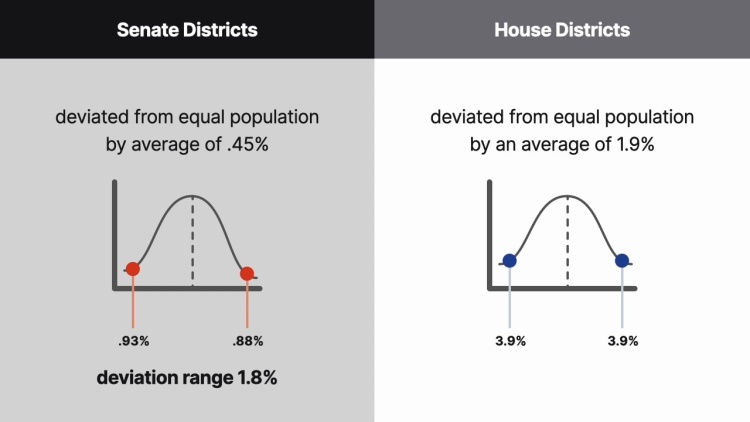Gaffney v. Cummings
United States Supreme Court
412 U.S. 735 (1973)
- Written by Philip Glass, JD
Facts
In 1971, the Connecticut General Assembly submitted a district-reapportionment scheme. Census data informed the plan’s design. The plan met the population-equality requirement. But achieving equitable partisan representation in the legislature also concerned the Connecticut General Assembly. Thus, the Connecticut General Assembly incorporated political data. The districts’ boundaries coincided with the regional distributions of party hegemony. The lower court ruled the plan violative of the Fourteenth Amendment to the US Constitution. The Court heard an appeal alleging the constitutional legitimacy of the plan’s aim of fairness.
Rule of Law
Issue
Holding and Reasoning (White, J.)
What to do next…
Here's why 899,000 law students have relied on our case briefs:
- Written by law professors and practitioners, not other law students. 47,000 briefs, keyed to 994 casebooks. Top-notch customer support.
- The right amount of information, includes the facts, issues, rule of law, holding and reasoning, and any concurrences and dissents.
- Access in your classes, works on your mobile and tablet. Massive library of related video lessons and high quality multiple-choice questions.
- Easy to use, uniform format for every case brief. Written in plain English, not in legalese. Our briefs summarize and simplify; they don’t just repeat the court’s language.





